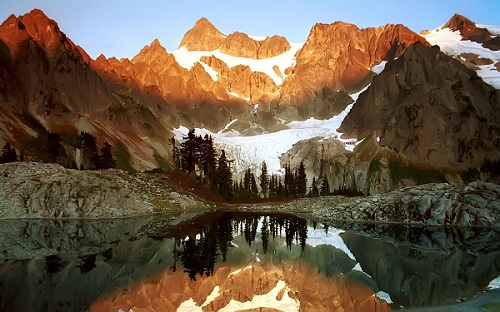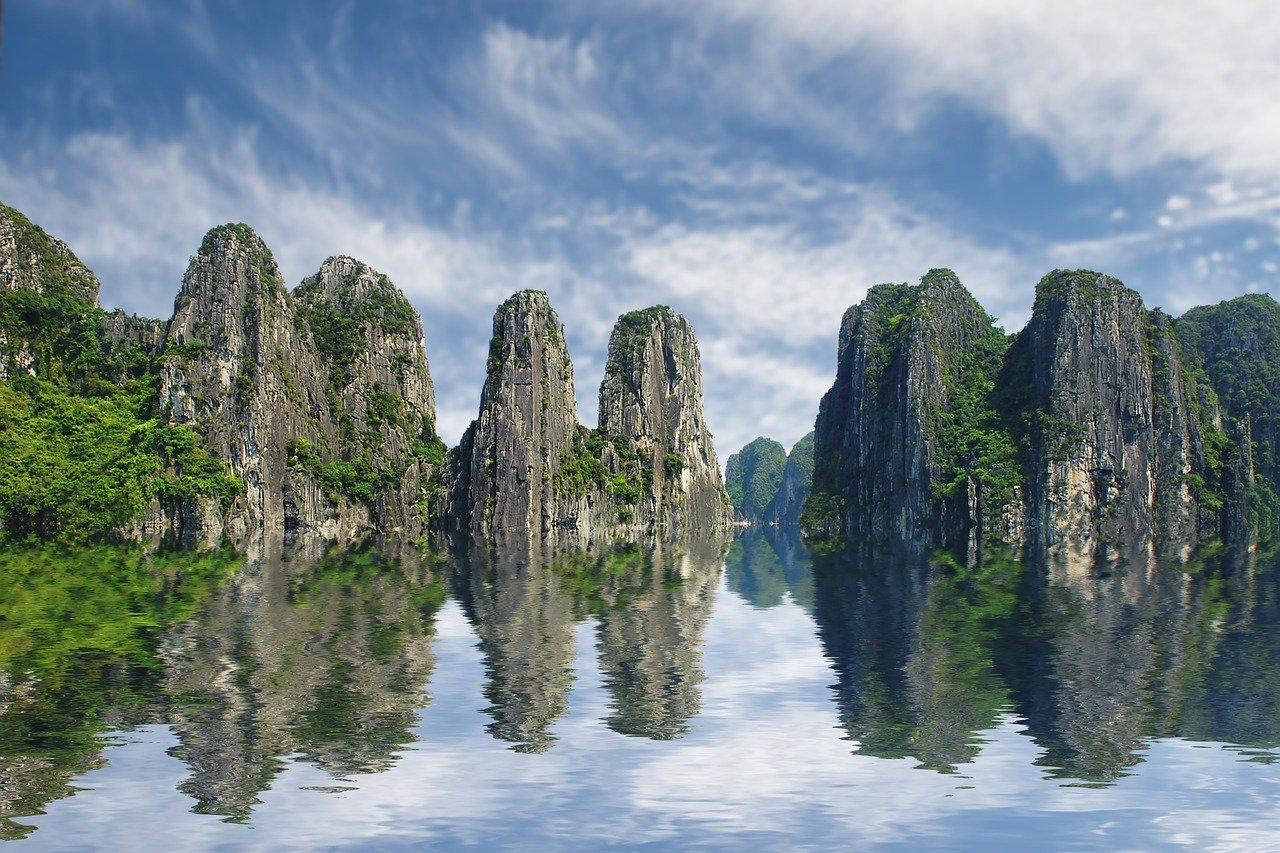Unit 7: Mountains
Unit 7: Mountains

Unit 7: Mountains
 Unit 7: Mountains
Unit 7: Mountains
Mountains are prominent landforms that rise prominently above their surroundings, typically with steep slopes and considerable height compared to the surrounding terrain. They are formed through geological processes such as tectonic activity, volcanic eruptions, erosion, and uplift. Mountains can be found on every continent and in various environments, from coastal regions to deserts and polar regions.
Critical characteristics of mountains include:
Elevation: Mountains are characterized by their significant elevation above sea level. They often have peaks that extend thousands of meters or feet into the atmosphere. Mount Everest, the world's tallest mountain, is 8,848 meters (29,029 feet) above sea level.
Slope and Relief: Mountains typically have steep slopes and rugged terrain, with varying degrees of relief—the difference in elevation between the highest and lowest points of a mountain. This ruggedness results from geological processes such as faulting, folding, and erosion.
Climate and Vegetation: Mountainous regions often exhibit diverse climates and ecosystems due to changes in elevation and topography. As elevation increases, temperatures generally decrease, leading to alpine environments with cold temperatures and unique flora and fauna adapted to harsh conditions.
Water Sources: Mountains regulate global water cycles by capturing precipitation and releasing it through rivers, streams, and groundwater. They are the source of many significant rivers and provide freshwater resources for human populations and ecosystems downstream.
Cultural and Recreational Importance: Mountains have significant cultural and recreational value. They serve as landmarks, pilgrimage sites, and sources of inspiration for art, literature, and spirituality. They also offer opportunities for outdoor recreation activities such as hiking, skiing, mountaineering, and wildlife viewing.
Geological Processes: Mountains are dynamic landforms shaped by geological processes such as erosion, weathering, and plate tectonics. They are often associated with tectonic plate boundaries, where collisions, subduction, and uplift contribute to their formation and evolution over millions of years.
Mountains are integral to Earth's landscape and ecosystems, influencing weather patterns, biodiversity, and human societies. They provide valuable resources, habitats, and recreational opportunities while posing challenges related to conservation, land use, and natural hazards such as landslides, avalanches, and earthquakes.
Vocabulary
Lesson Reading

